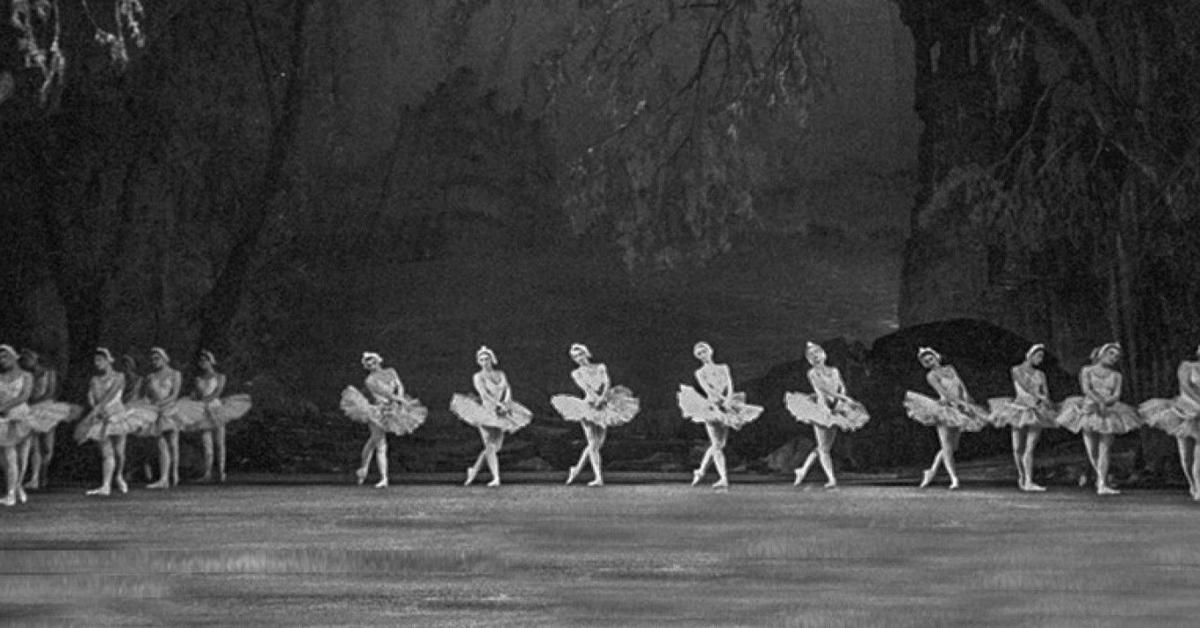
On its 147th anniversary, 'Swan Lake' stands as a symbol of artistic triumph, evolving from Tchaikovsky's initial challenge into a ballet masterpiece cherished globally
Pyotr Ilyich Tchaikovsky's inaugural foray into ballet composition, "Swan Lake," stands as perhaps the most renowned and beloved ballet worldwide. The narrative, steeped in themes of forbidden love, is complemented by Tchaikovsky's rich musical score.
Despite its current fame, the ballet's debut on March 4, 1877, at Moscow’s Bolshoi Theatre was not a triumphant one. Critics at the time deemed the music overly complex and symphonic for the ballet genre, and the choreography lacked imagination and memorability.
This initial reception, far from the adoration it enjoys today, marked "Swan Lake" as an artistic misstep in its earliest days.

"Swan Lakes'" origin story is as enigmatic as its plot since no concrete evidence exists about the inspiration behind its storyline. However, it's widely believed to be based on Russian or German folktales.
Tchaikovsky was already intrigued by ballet as a musical form and found inspiration in his earlier work, "The Lake of the Swan," which he had composed for his nephews and nieces.
The tragic life of King Ludwig II of Bavaria, known as the swan king, likely influenced the character of Odette, Prince Siegfried's love interest. Despite this intriguing genesis, the ballet's debut was met with harsh criticism. The critics found Tchaikovsky's score overly complex for ballet and Julius Wenzel Reinsinger's choreography unimaginative.

The ballet's initial failure did not mark its end. Anna Sobeshchanskaya's return to production as Odette/Odile in April 1877 brought significant changes, including modifications to the choreography and score. The ballet witnessed a pivotal revival post-Tchaikovsky's death in 1893.
Under the guidance of Marius Petipa and Lev Ivanov, and with Riccardo Drigo revising the score, a new version premiered at the Maryinsky Theatre in 1895.
This version was a resounding success, largely due to Italian dancer Pierina Legnani's stellar performance, particularly her execution of Odile’s 32 fouette turns, a feat unmatched at the time. With its alterations and enhancements, this version is widely recognized as the foundation for most modern productions of 'Swan Lake.'

"Swan Lake" is celebrated for its demanding and iconic choreography. The precision and unity required from the corps de ballet to emulate a flock of swans are immense. The dual role of the white swan Odette and the black swan Odile represents one of ballet's most challenging parts, demanding a range of emotional and technical skills from the lead ballerina.
This role evolution from originally being performed by two different dancers to the now customary dual role further elevated the ballet's technical and dramatic requirements.
Although it has inspired numerous adaptations and interpretations, each "Swan Lake" rendition has aimed to bring fresh perspectives while honoring the original's essence.
Notable among these are Frederick Ashton's 1987 version and Matthew Bourne's 2007 production, which featured an all-male swan ensemble, adding a contemporary twist to the classic narrative.